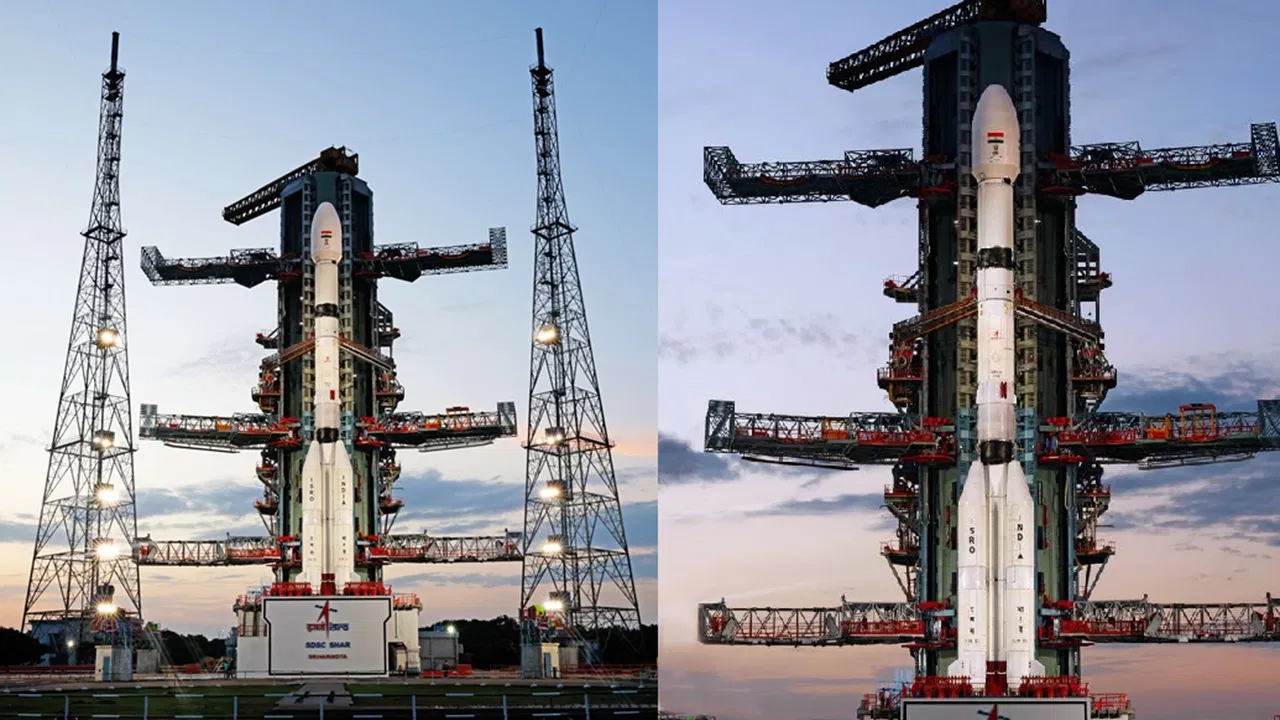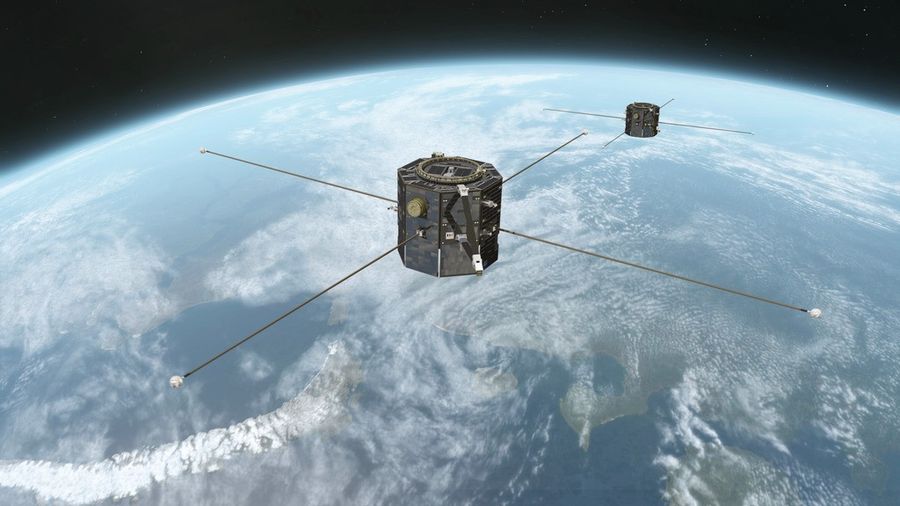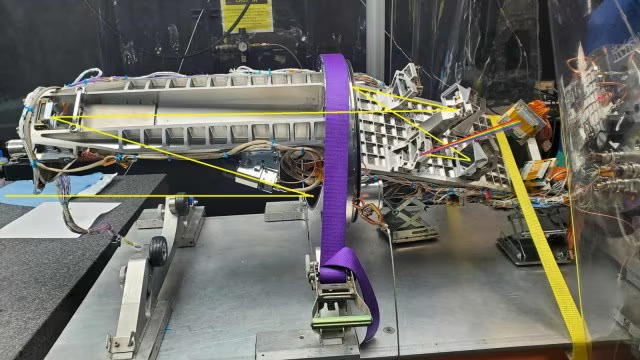



NavIC, India’s satellite navigation system, faces setbacks, including atomic clock failures and satellite launch issues. Despite challenges, it provides critical defense and civilian services. ISRO is strengthening NavIC with next-gen satellites and industry collaboration, ensuring reliability. Qualcomm’s integration of NavIC in chipsets boosts accessibility for commercial and military use.

Copyright infringement not intended
Picture Courtesy: Indian Express
ISRO reported a partial failure of its NVS-02 navigation satellite due to non-firing of its engines in space, marking the latest setback in a series of setbacks for the Indian Regional Navigation Satellite System (IRNSS).
NavIC, or the Navigation with Indian Constellation, is India’s indigenous satellite navigation system.
The idea to create indigenous satellite navigation system originated after the 1999 Kargil War when India realized the limitations of relying on the American GPS for military operations. The goal was to create a reliable, independent navigation system for both defense and civilian use.
The system offers positioning accuracy better than 20 meters across India and up to 1,500 km around it.
It was designed to have a constellation of seven satellites by 2016 for defence and civilian use. . However, only 5 of the 11 satellites launched remain fully operational.
Despite ISRO announcing the constellation complete in 2016, failures and replacements have overrun the ₹2,250 crore program.
ISRO has introduced next-generation satellites like NVS-01 and NVS-02, which use a mix of indigenous and foreign atomic clocks. ISRO also plans to launch three more second-generation satellites (NVS-03, 04, and 05) to strengthen the NavIC constellation and ensure continuity of services.
ISRO is working to make NavIC more accessible. For example, Qualcomm, a global chipmaker, has started including NavIC support in its chipsets, which will help integrate the system into smartphones and other devices.
Must Read Articles:
'NAVIGATION WITH THE INDIAN CONSTELLATION' (NAVIC)
Source:
|
PRACTICE QUESTION Q.What is the Navigation with India Constellation (NavIC) system? Explain its significance for India’s navigation and strategic autonomy. 150 words |






© 2025 iasgyan. All right reserved